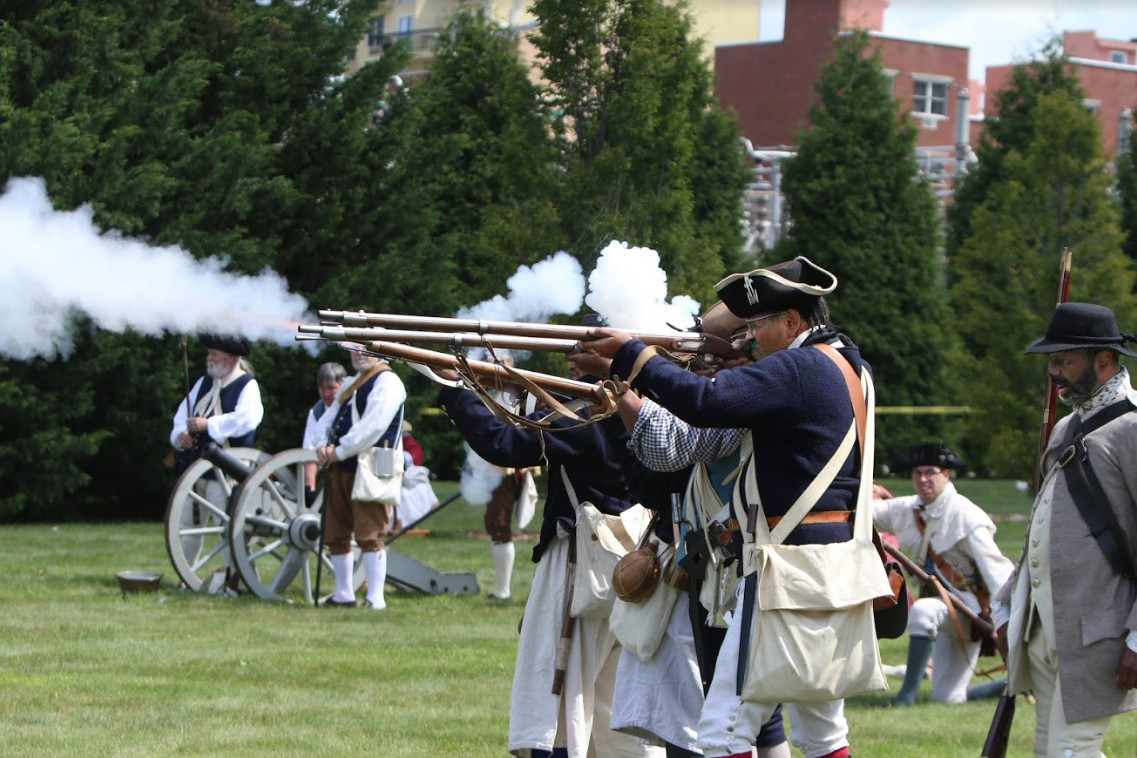Ask a historian: Where were Brooklyn’s battle sites during the Revolutionary War?

John from Fort Greene asks: “Which battles of the American Revolution were fought around Fort Greene and the Brooklyn Navy Yard?”
Unfortunately for Gen. George Washington, very few.
He had expected the British to attack Manhattan, so his troops were deployed there. Instead, the invasion came from Staten Island with British troops landing at Gravesend. British Gen. Sir William Howe wanted to secure Long Island first.

Brooklyn Boro
View MoreNew York City’s most populous borough, Brooklyn, is home to nearly 2.6 million residents. If Brooklyn were an independent city it would be the fourth largest city in the United States. While Brooklyn has become the epitome of ‘cool and hip’ in recent years, for those that were born here, raised families here and improved communities over the years, Brooklyn has never been ‘uncool’.